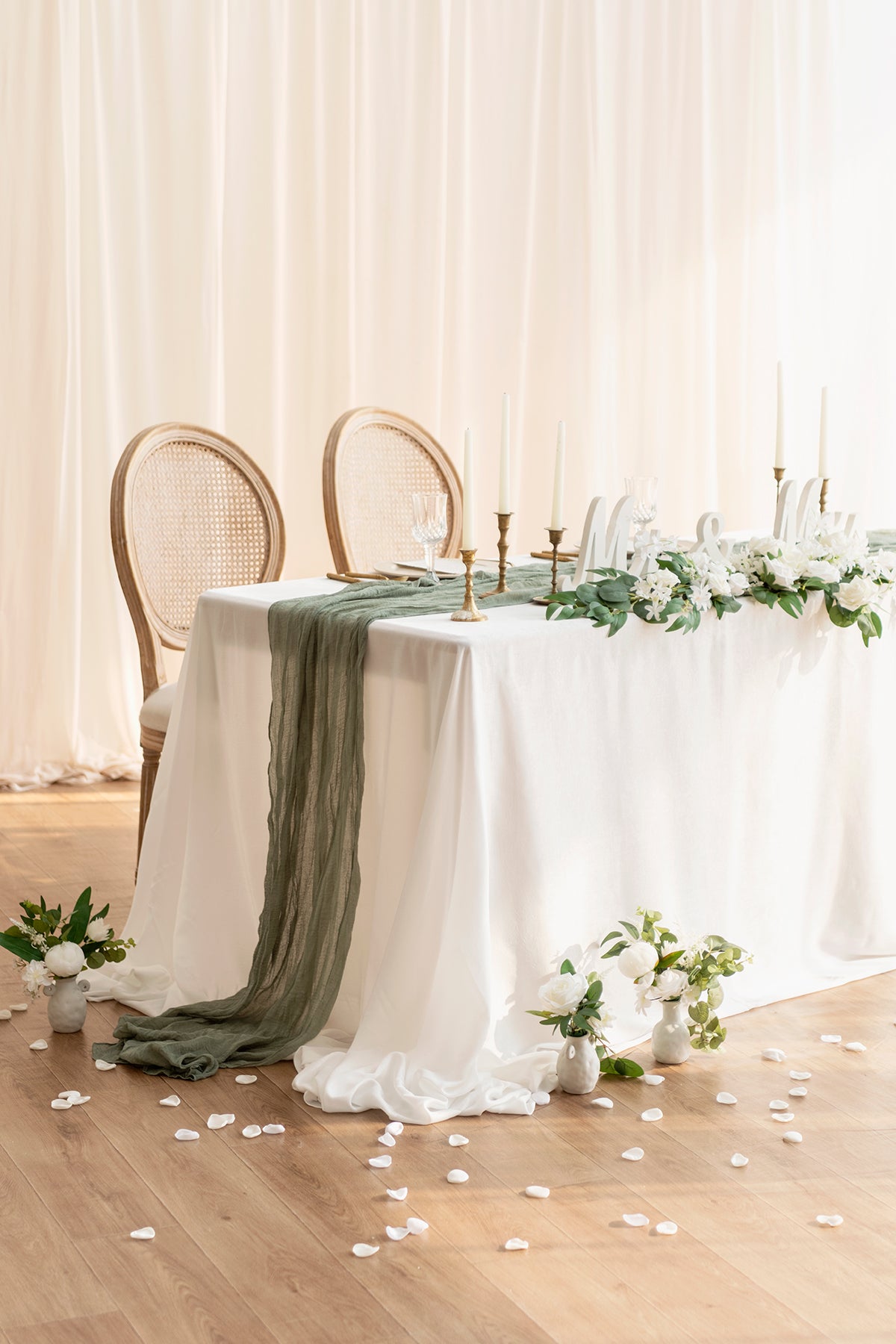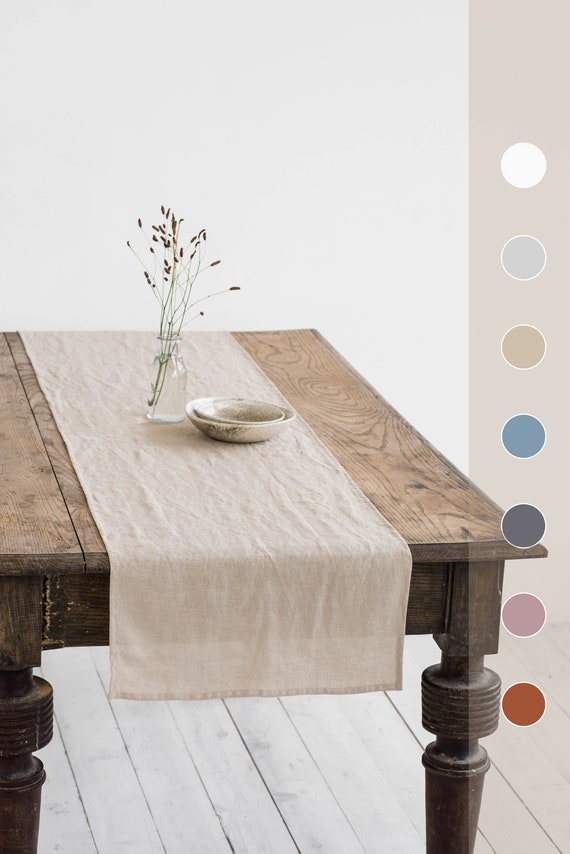Ultimate Overview to Flat Sheet Materials: Locate the most effective for Your Bedroom
Ultimate Overview to Flat Sheet Materials: Locate the most effective for Your Bedroom
Blog Article
Bed Linen Textile Innovations: Discovering Modern Trends and Creative Applications in Style and Fabric Sector
From sustainable manufacturing techniques to cutting-edge weaving innovations, the evolution of bed linen is reshaping the landscape of the textile industry. As we dive into the realms of imaginative style applications and the appearance of bed linen blends and crossbreed fabrics, a new phase unravels in which linen's role in future textile technologies takes center stage.
Sustainable Practices in Linen Manufacturing
Sustainable practices in linen production have ended up being significantly vital in the fabric sector's initiatives to minimize ecological effect and advertise ethical sourcing techniques. Bed linen, an all-natural fiber originated from the flax plant, provides a series of advantages such as longevity, breathability, and biodegradability. However, conventional approaches of bed linen manufacturing can include substantial water usage, chemical usage, and energy-intensive procedures.
To deal with these obstacles, many fabric producers are embracing lasting practices throughout the bed linen manufacturing procedure. This consists of sourcing flax from natural farms that prevent hazardous pesticides and chemicals, implementing water-efficient retting strategies to remove fibers from the flax stalks, and using environment-friendly dyes and coatings. Additionally, some business are purchasing eco-friendly energy sources to power their manufacturing centers and lowering waste via recycling and upcycling efforts.
Technical Innovations in Bed Linen Weaving
With the expanding emphasis on sustainable methods in linen production, the fabric sector is now witnessing a rise in technical advancements particularly focused on transforming the art of linen weaving. These advancements are reshaping the means bed linen textiles are created, providing raised efficiency, quality, and imagination in weaving techniques.
One of the essential technological advancements in bed linen weaving is the integration of electronic looms. These innovative looms are outfitted with software program that permits intricate and intricate styles to be woven with accuracy. By digitizing the weaving procedure, producers can attain greater uniformity and accuracy in their linen materials.
Furthermore, improvements in yarn spinning innovation have enabled the production of finer and even more sturdy linen yarns - table cloths. This results in softer and smoother linen fabrics that maintain their quality even after numerous uses and washes
Furthermore, the growth of environment-friendly dyeing processes and finishes for linen materials is getting traction. These sustainable methods not just lower the ecological influence however likewise satisfy the increasing customer demand for ethically produced fabrics.
Creative Style Applications for Bed Linen
Innovative artistic techniques are progressively shaping the imaginative style applications for linen in the textile industry. Linen's natural visual allure and ability to mix with other materials make it a favorite choice for creating distinct garments and accessories that cater to the environmentally aware consumer.
Additionally, developers are explore linen in home style, using its breathable and durable nature to craft stylish furnishings such as drapes, bed linen, and upholstery. The structure and drape of linen bring a sense of elegance and convenience to indoor spaces, including a touch of elegance to contemporary homes.

Bed Linen Blends and Hybrid Fabrics

Hybrid materials, on the other hand, take the principle of mixing a step even more by integrating additional elements such as metallic strings, recycled materials, or conductive fibers. These cutting-edge textiles not just broaden the style possibilities yet likewise present practical facets like conductivity, antimicrobial residential or commercial properties, or enhanced resilience. Hybrid materials are significantly being made use of in different industries, consisting of style, indoor style, and technological fabrics, where the need for multifunctional materials is on the increase.
Bed linen's Duty in Future Textile Innovations

In the world of future textile advancements, linen is expected to be a crucial gamer in the advancement of innovative practical fabrics. Designers and scientists are checking out means to improve bed linen's inherent qualities through technological improvements, such as incorporating clever fabrics, nanotechnology, and efficiency surfaces. These technologies intend to raise linen's efficiency characteristics, making it suitable for a more comprehensive range of applications, from activewear to safety apparel.
In addition, the mix of bed linen with various other natural or artificial fibers opens up countless possibilities for find more information developing unique textiles with special homes and performances. By leveraging bed linen's attributes and exploring cutting-edge blends, the fabric industry is poised to introduce amazing advancements that deal with advancing customer needs and sustainability needs.
Final Thought
In verdict, the exploration of sustainable techniques, technical developments, creative layout applications, bed linen blends, and its duty in future fabric advancements highlight the constant development of linen material in the modern-day layout and textile industry. With a concentrate on development and imagination, the flexibility and environment-friendly nature of bed linen make it a useful product for makers and designers alike, paving the method for further growths and advancements in the area of fabrics.
As we dive right into the realms of innovative design my link applications and the appearance of bed linen blends and hybrid fabrics, a new chapter unfolds in which linen's duty in future fabric advancements takes center phase.
Checking out the blend of bed linen with various other textiles has actually led to the emergence of cutting-edge blends and hybrid textiles in the modern fabric market. Bed linen blends provide an unique combination of the qualities of linen with those of other fibers, resulting in textiles that have improved buildings such as boosted sturdiness, improved draping, and reduced wrinkling.The evolution of linen blends and hybrid materials has set the stage for Linen to play an essential duty go to this site in driving future fabric innovations.In the world of future textile advancements, bed linen is anticipated to be a vital gamer in the growth of innovative functional materials.
Report this page